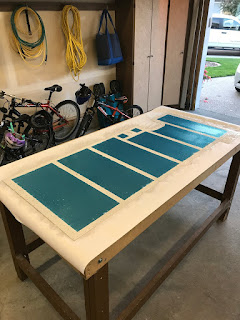After 21.4 hours on the hobbs I soloed the Cessna 172 for the first time! How did it go? Well It went extremely well, however admittedly I bounced a little when landing. Not hard but enough. The first thing I noticed is how different the plane climbed, descended and flared without the instructor.
In retrospect, it quite strange how foreign flying seemed to be and then all of sudden things start clicking quite fast. Initially steering with your feet is a new feeling and a bit of a challenge, especially with the take-off roll in a crosswind. It takes a little bit to remember to steer with your feet but roll the ailerons level in time for rotation, and not roll them again when that cross-wind begins to sweep you across the runway. That works itself out fairly quick as well as radio calls I found. But I never felt comfortable with landings, it just always seemed foreign. I was starting to feel a bit frustrated so I watched a few you tube videos and reviewed my Instructors whiteboard notes a few times. Then it began to click...it’s all about hitting the numbers as you turn to final. I began to concentrate on where I am and where I need to be as I turned onto base and before I turned final. Then everything started falling into place. After a few circuits....the sight picture of the runway made sense, the instrument scan felt quick and smooth and finally decisions on when to deploy (or not deploy) flaps was falling into place.
After showing Mark my Instructor a few good circuits, he hoped out of the plane and said go do one more circuit and see how you do...”Show me a good one” he said. Well I knew this was coming but frankly I didn’t have much time to think about it. I was so concentrated on what needed to be done that I wasn’t able to entertain any other thoughts of nervousness or happiness or anything else. Before I knew it I was on final and then getting ready to flair. The problem with your first solo circuit is that it’s over so fast!





































